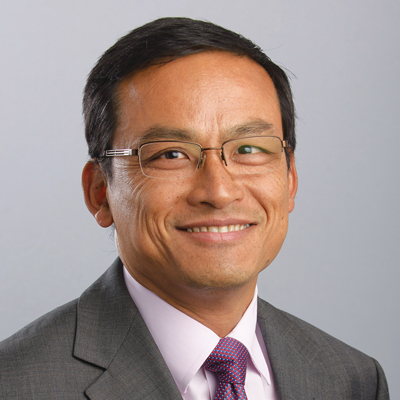Industry Updates
AM Best Panel: Global Reinsurance Industry Strong Despite Growing Risks
Balancing the industry’s solid financial position is a higher incidence of secondary perils that by definition are less well understood and are more difficult to price and to model.
- Timothy Darragh
- October 2021
-





Reinsurance companies are maintaining pricing and underwriting discipline despite new risks embodied not so much by the COVID-19 pandemic, but by the Texas freeze in the winter and the summer floods in Europe, a panel of reinsurance experts said.
That discipline, along with a healthy supply of capital, deployed in increasingly efficient ways, leads AM Best to maintain a stable outlook on the industry, said AM Best Senior Director of Global Reinsurance Ratings Carlos Wong-Fupuy.
He joined the global reinsurance panel with Juan Andrade, president and chief executive officer of Everest Re Group, and Kathleen Reardon, who joined Hiscox in January 2021 as chief executive officer of Hiscox Re and insurance-linked securities. Stefan Holzberger, AM Best chief rating officer, moderated the discussion.
The panel discussion followed the August publication of a Best's Market Segment Report, Global Reinsurance Outlook Remains Stable in a More Uncertain World.
Traditional capital and ILS provide a capacity of around $520 billion worldwide, Wong-Fupuy said. The availability of traditional capital has grown in the past two years after being flat, he said.
“The market remains very well capitalized,” he said.
That continues a strong outlook seen at the beginning of 2021.
And, so far, companies have remained disciplined in the midst of that abundant capital, panelists said.
Balancing the industry's solid financial position is a higher incidence of secondary perils that by definition are less well understood and are more difficult to price and to model, Wong-Fupuy said. Another consideration is a persistent trend of social inflation, which he said is hitting U.S. casualty lines.
“The good news in this environment of higher uncertainty is that, that has driven pressures on better underwriting discipline, improving pricing trends,” he said. “We see new capital entering the market. Fortunately, that discipline is being maintained, the impact of new entrants is still limited.”
The risk and exposure the reinsurance industry faces grows every year, said Reardon.

Carlos Wong-Fupuy
“The other side of the coin is, from a reinsurance perspective, this is the best market in almost a decade,” she said. “Terms and conditions, rates are attractive to the investors coming in. It's a healthy balance. The ILS investors that are supporting us are educated. They know the industry much better than they did a decade ago. It's become a pretty transparent, healthy relationship. Those that have a good track record and execute on their strategy will continue to attract more capital.”
Regarding COVID-19, panelists generally approached it as a matter that so far has been handled effectively. Reardon, for example, said at the Hiscox group level last year, the COVID-19 net estimate for losses was $475 million. “That has remained stable,” she said, “which is great news.”
Panelists agreed social inflation is a reality that reinsurers will have to accept for the future, especially as millennials increasingly seek social justice through courts. Reardon said Hiscox works through trade groups to try to strike a balance with legislatures, but if it finds an industry class that can't overcome the social inflation obstacle, it will avoid that class during the underwriting process.
Andrade, however, said Everest Re is more bullish on property/casualty lines affected by social inflation. The pricing environment, he said, is supporting the underlying growth in P/C lines.
Wong-Fupuy said companies still need to take a “proprietary” view of risk, which presents opportunities.
“I think that companies are trying to get closer to the data, closer to the risk, and there is a significant opportunity in terms of trying to mine data, which is available either through, say, different business models where reinsurers work closer with MGAs or insurtechs,” he said. “The other thing as well to bear in mind is that companies have different risk appetites. They may want to adjust their views of risk within different ranges—at the same time, take advantage of some opportunities that they don't think available for the rest of the market.”



























